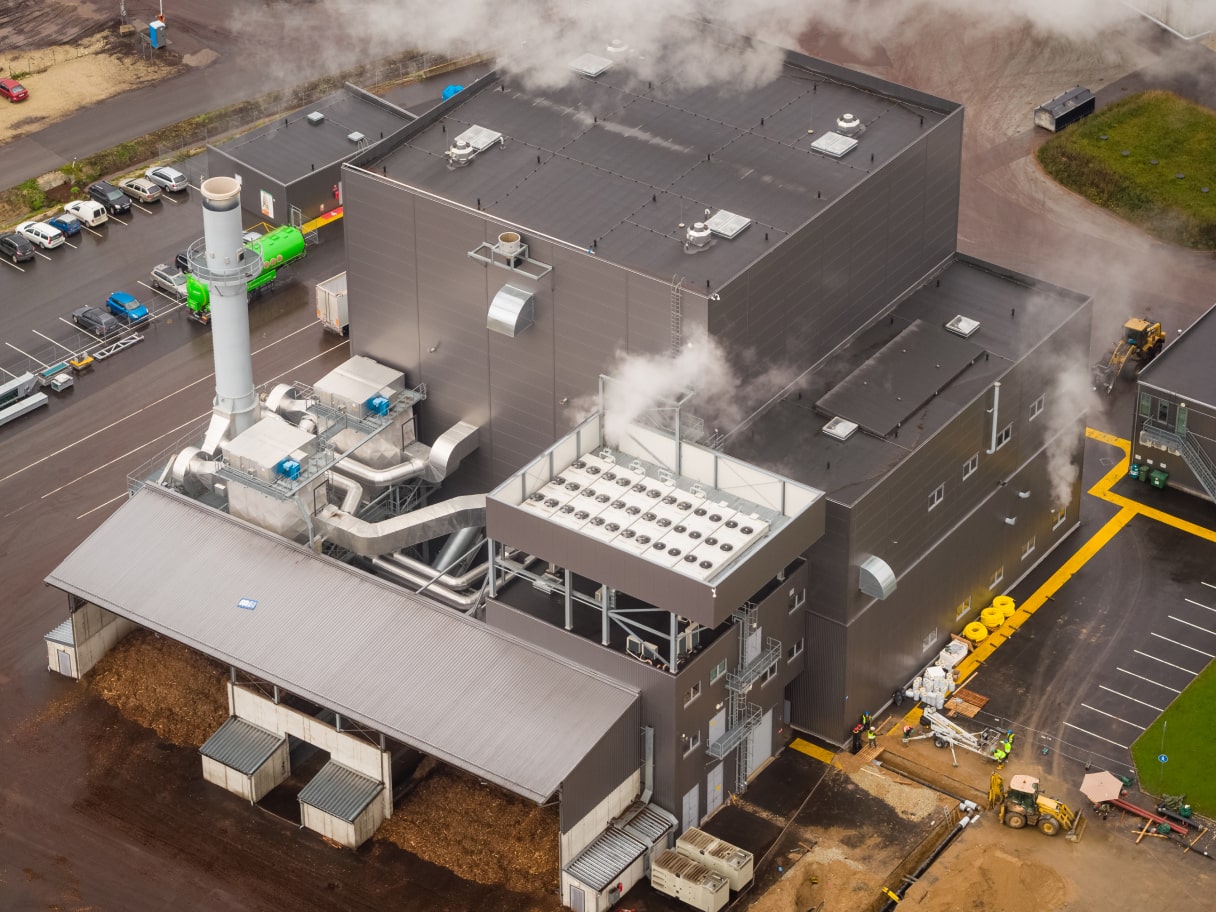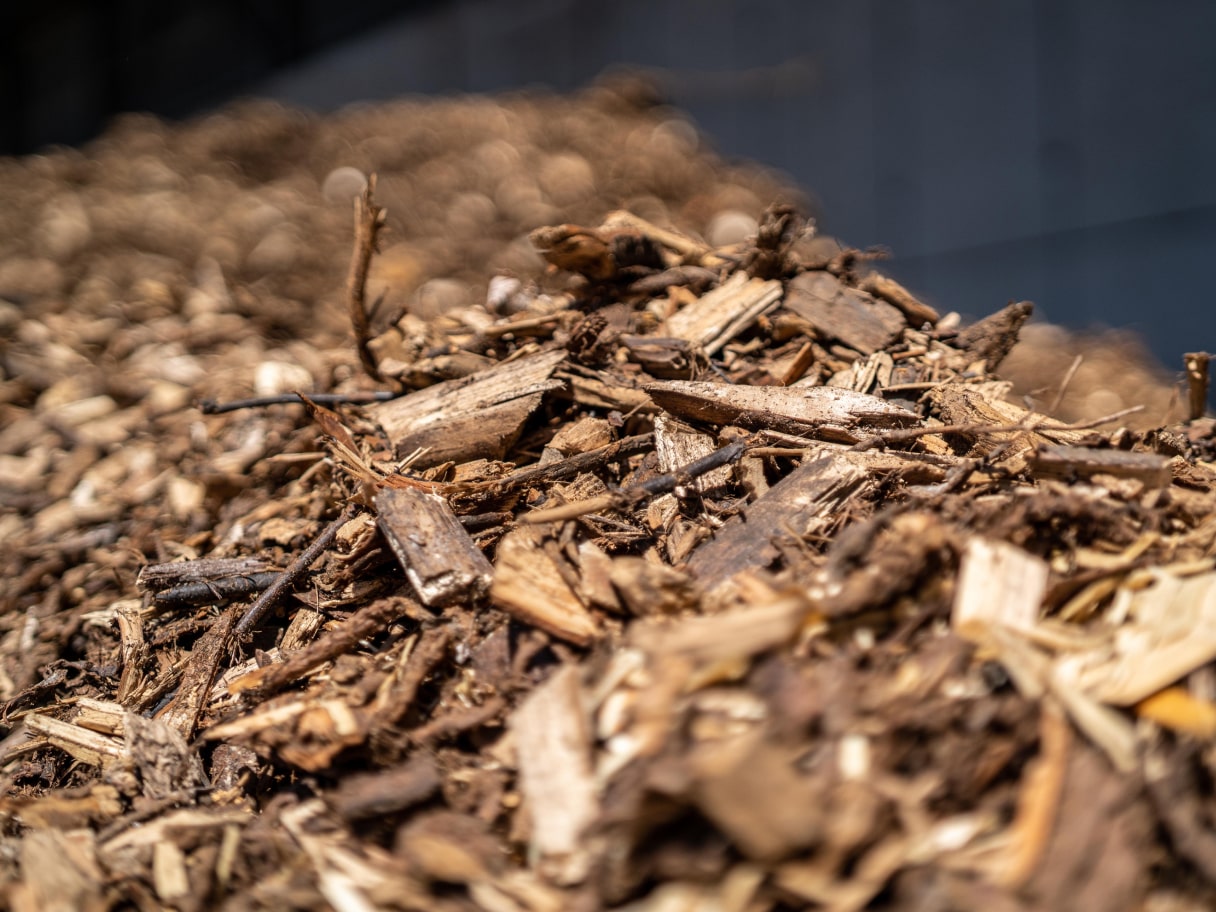AS Graanul Invest
Humala str. 2, 10617 Tallinn, ESTONIA
Humala str. 2, 10617 Tallinn, ESTONIA












Bioenergy is the leading renewable fossil-free energy in Europe today, contributing to power generation, heat for industry and buildings, and transport. Heating and cooling require roughly half of the total final energy consumption in Europe. Only a fifth of this is generated from renewable sources. More than 70% of the final energy use is spent on heat energy in the industrial sector alone.
Biomass-based combined heat and power plants are becoming increasingly important in the global energy sector and remain one of the primary and most efficient renewable energy sources today.
We have been installing combined heat and power plants next to its pellet plants since 2012, which has resulted in a remarkable increase in our energy generation capacity. According to all recognised criteria, the energy produced by Graanul Invest is renewable, fossil free and carbon neutral.
We are one of the largest producers of renewable energy in the Baltic region, having generated more than 17% of the renewable energy in Estonia in 2020.

Five of our European pellet plants have combined-heat-and-power stations, which supply the pellet plant with heat and power and transmit renewable electric energy to the grid. In Estonia, where the carbon intensity of the electricity from the general grid is the highest, our green energy generation capacity is also the largest.
The residual heat from CHPs is directed to pellet plants, where it is used to dry the low-grade production feedstock. More than 1/3 of our Group´s heat consumption is generated as a by-product of highly efficient power generation, the rest generated in biomass furnaces to supply the drum driers.
Our efforts in developing our technology and supply chains have created a situation in which our company is compliant with the currently known European climate targets for 2030 and is even well ahead of these targets. We are particularly hoping to set an example for the companies dependent on heat energy, cannot count on centralised solutions, and should already be tackling the problem today.

We use wood bark and chipped forest residues as fuel for the CHPs. We obtain most of the wood bark from the debarking lines of pellet plants, but we also buy the material left over in the timber industry. Forest chips – i.e., a mix of branches, treetops and bark – have been chipped by the time they get to our CHPs as a by-product of the forest industry.
Extending the sustainable forest management and supply chain requirements to the procurement of fuel allows us to guarantee that no illegal biomass of prohibited origin or containing endangered species ends up in energy generation. Biomass containing high-quality wood or originating from forbidden areas must not enter into energy production. This assures us that the energy we generate is renewable and sustainable.

We have implemented an application-based inspection program for our CHPs that allows our specialists to monitor and control a power plant unit from a smart device. At the same time, we have also developed a service program that, with only a few clicks, gives a clear overview of the spare parts inventory, maintenance reports and lists of all the devices and their user manuals. The program also helps to set up maintenance intervals and reminds our employees. Because of such smart solutions, we can flexibly manage similar power plants with a small and skilled team.
